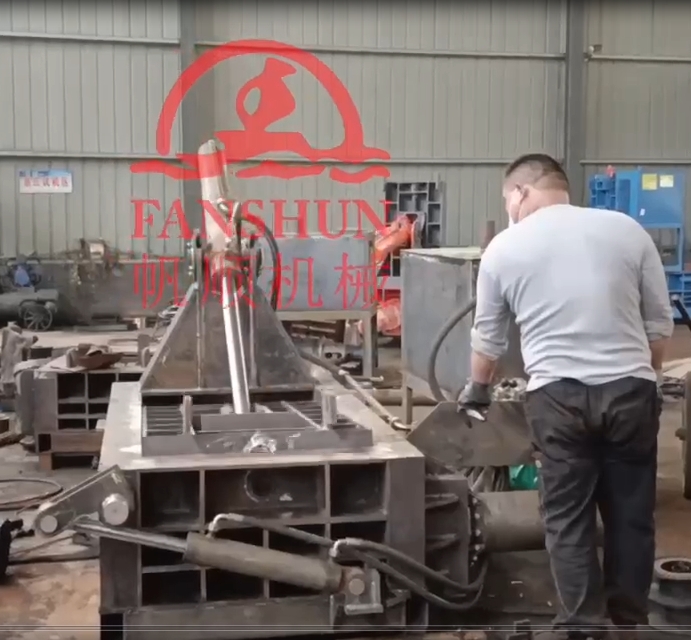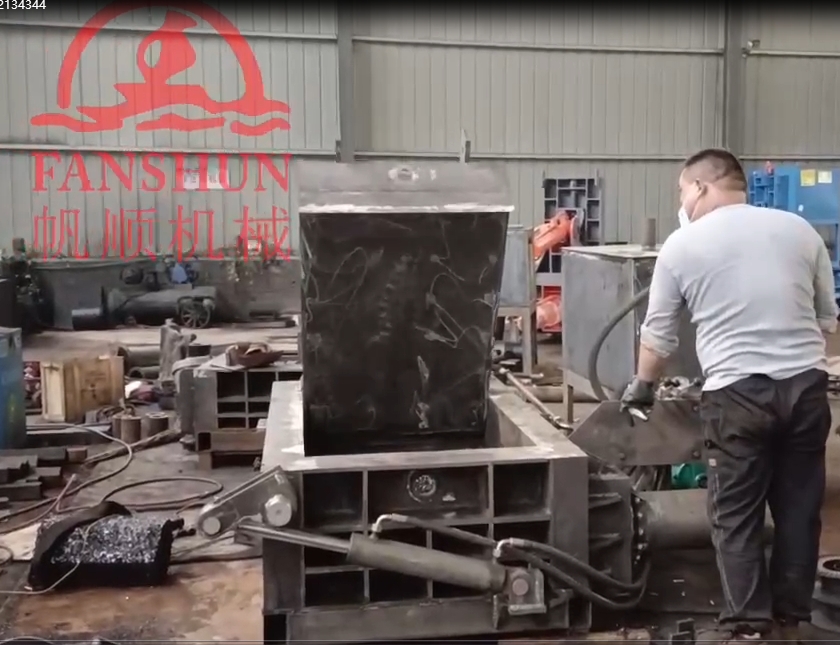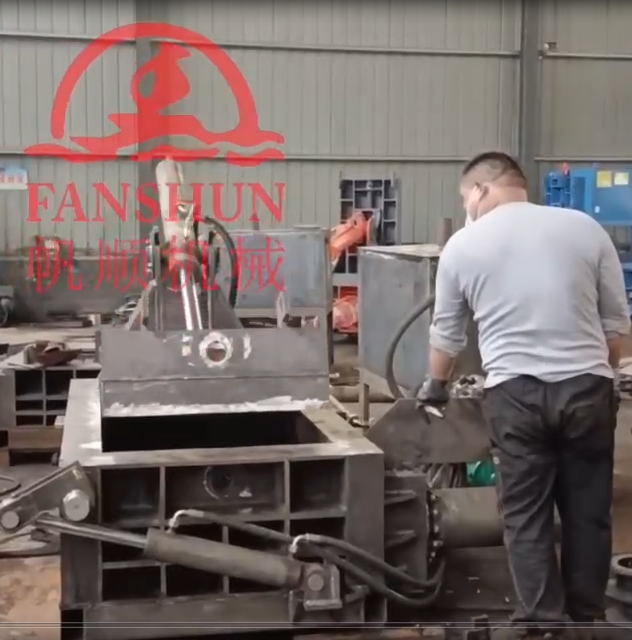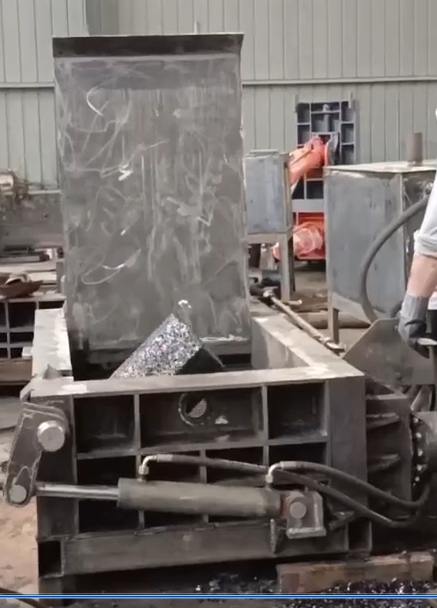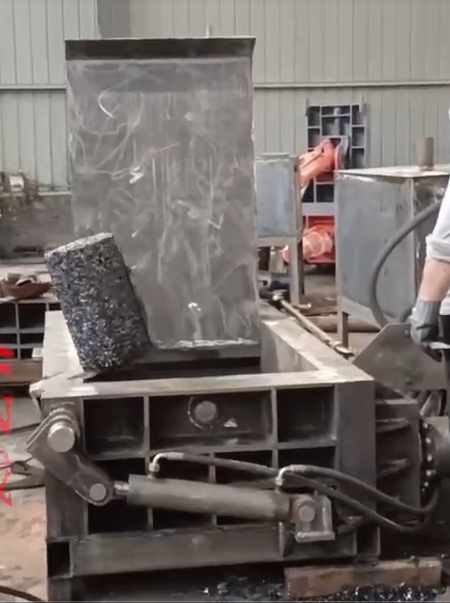What is the Block Baler and How Does it Operate?
In today’s world, the demand for efficient waste management and recycling solutions has reached new heights. With sustainability at the forefront of industrial development, companies are looking for ways to reduce waste, lower costs, and enhance recycling efforts. One of the key players in this field is the block baler, a piece of machinery that is commonly used in recycling plants, manufacturing facilities, and waste management operations. The block baler is known for its ability to compress various types of materials into manageable, compact blocks. This type of machine, also referred to as a baling machine, is crucial for businesses looking to optimize their waste management strategies. But what exactly is a block baler, and how does it operate?
A block baler is a heavy-duty machine designed to compress loose materials into dense, stackable bales. It is commonly used in recycling centers, industrial settings, and packaging operations to process materials such as paper, cardboard, plastics, metals, and textiles. The baling machine operates by using hydraulic or mechanical force to press the material into a compact block, which is then bound together with straps or wire. These bales are much easier to transport, store, and handle compared to loose, uncompressed materials.
The block baler serves as an essential piece of packaging production equipment, helping businesses reduce the space needed for waste storage and lowering transportation costs by maximizing the amount of material that can be packed into a single load. The term "block baler" refers to the shape and form of the finished product—solid, rectangular blocks that are easy to stack and move.
There are several types of balers available, each designed for specific materials and applications. The following are the most common types of balers used in the industry:
Paper Baler: As the name suggests, a paper baler is designed specifically to handle paper products, such as old newspapers, cardboard, and other paper-based waste. A paper baler is a vital piece of equipment for recycling centers that process large volumes of paper products. By compacting the paper waste into tight, manageable bales, the baler helps reduce transportation costs and improves efficiency in the recycling process.
Waste Baler: A waste baler is a versatile machine used to compress a wide range of waste materials, from plastics to metals, into compact bales. This type of baler is ideal for companies involved in waste management, recycling, or manufacturing operations where large volumes of waste are generated. A waste baler helps in reducing the space occupied by waste, making it easier to transport and recycle.
Baling Machine: The term baling machine is often used interchangeably with block baler or waste baler. This broad term refers to any machine used to compress loose materials into compact bales. Baling machines can be hydraulic or mechanical, depending on the level of force required to compress the material. These machines are commonly found in recycling facilities, packaging plants, and industrial sites.
Packaging Production Equipment: Block balers are also an essential part of packaging production equipment. In industries where large amounts of packaging materials, such as cardboard or plastic, are generated, block balers help reduce waste by compressing used packaging into manageable bales. This makes the recycling process more efficient and allows companies to reduce their environmental impact.
The operation of a block baler involves several key steps. Whether it’s a paper baler, waste baler, or general-purpose baling machine, the fundamental process is the same. Here’s how it works:
Loading: The first step in the operation of a block baler is loading the material into the machine. The baler’s hopper or loading area is filled with loose materials that need to be compressed. Depending on the type of material being processed, this could include paper, cardboard, plastic, or even scrap metal.
Compression: Once the material is loaded, the baler activates its hydraulic or mechanical system to begin compressing the material. Hydraulic balers are the most common type, using high-pressure hydraulic cylinders to press the material into a dense block. Mechanical balers use a different method, relying on gears and mechanical force to achieve the same result. The baling machine exerts significant force, reducing the volume of the material by up to 90%.
Binding: After the material has been compressed into a dense block, the machine binds it using steel wires, plastic ties, or straps. This binding process ensures that the bale retains its shape and remains compact during transportation and storage.
Ejection: Once the bale is bound, it is ejected from the machine. Depending on the model of the baler, this can be done manually or automatically. In high-volume operations, automatic balers are preferred because they reduce the need for human intervention and increase efficiency.
Stacking and Transport: The final step in the process involves stacking the bales for storage or loading them onto trucks for transportation to recycling facilities or other destinations. The compact size of the bales makes them easy to handle and transport, which helps companies save on logistics costs.
Block balers, along with baling machines, waste balers, paper balers, and other packaging production equipment, play a critical role in modern waste management systems. Here are some of the key benefits of using balers:
Volume Reduction: One of the primary advantages of using a baler is the significant reduction in the volume of waste materials. This not only makes it easier to store and transport waste, but it also reduces the environmental impact by minimizing the number of trips needed to move the waste to recycling centers or landfills.
Cost Savings: By compressing waste materials into compact bales, businesses can save on transportation costs. More materials can be loaded onto a single truck, which reduces the number of trips required and ultimately lowers fuel consumption and emissions.
Improved Recycling Efficiency: Block balers help improve the efficiency of the recycling process by making it easier to handle and sort materials. For example, a paper baler can create uniform bales of paper waste, which are easier to feed into recycling machines. Similarly, a waste baler can compress a wide range of materials, making it easier to separate recyclables from non-recyclables.
Space Optimization: Balers allow companies to maximize their storage space by reducing the amount of room required to store loose waste materials. This is especially important in industries where space is limited, such as urban recycling centers or manufacturing plants.
In conclusion, the block baler is an essential tool in today’s waste management and recycling industries. Whether referred to as a baling machine, waste baler, paper baler, or part of a company’s packaging production equipment, these machines play a pivotal role in compressing waste materials into manageable bales. Their operation is straightforward, yet highly efficient, helping businesses reduce costs, optimize space, and improve their environmental sustainability efforts.
With the increasing emphasis on sustainability and efficient waste management, the demand for block balers and other types of baling machines is expected to grow. As companies continue to seek ways to reduce their environmental footprint and enhance recycling processes, waste balers and paper balers will remain integral to the solution. These machines, as vital pieces of packaging production equipment, are here to stay, helping industries manage waste more effectively and contribute to a greener future.
